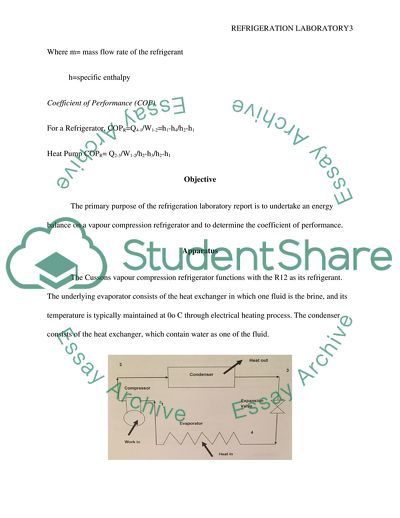Cite this document
(Refrigeration Laboratory Lab Report Example | Topics and Well Written Essays - 2000 words, n.d.)
Refrigeration Laboratory Lab Report Example | Topics and Well Written Essays - 2000 words. https://studentshare.org/engineering-and-construction/1864384-refrigeration-laboratory
Refrigeration Laboratory Lab Report Example | Topics and Well Written Essays - 2000 words. https://studentshare.org/engineering-and-construction/1864384-refrigeration-laboratory
(Refrigeration Laboratory Lab Report Example | Topics and Well Written Essays - 2000 Words)
Refrigeration Laboratory Lab Report Example | Topics and Well Written Essays - 2000 Words. https://studentshare.org/engineering-and-construction/1864384-refrigeration-laboratory.
Refrigeration Laboratory Lab Report Example | Topics and Well Written Essays - 2000 Words. https://studentshare.org/engineering-and-construction/1864384-refrigeration-laboratory.
“Refrigeration Laboratory Lab Report Example | Topics and Well Written Essays - 2000 Words”. https://studentshare.org/engineering-and-construction/1864384-refrigeration-laboratory.


